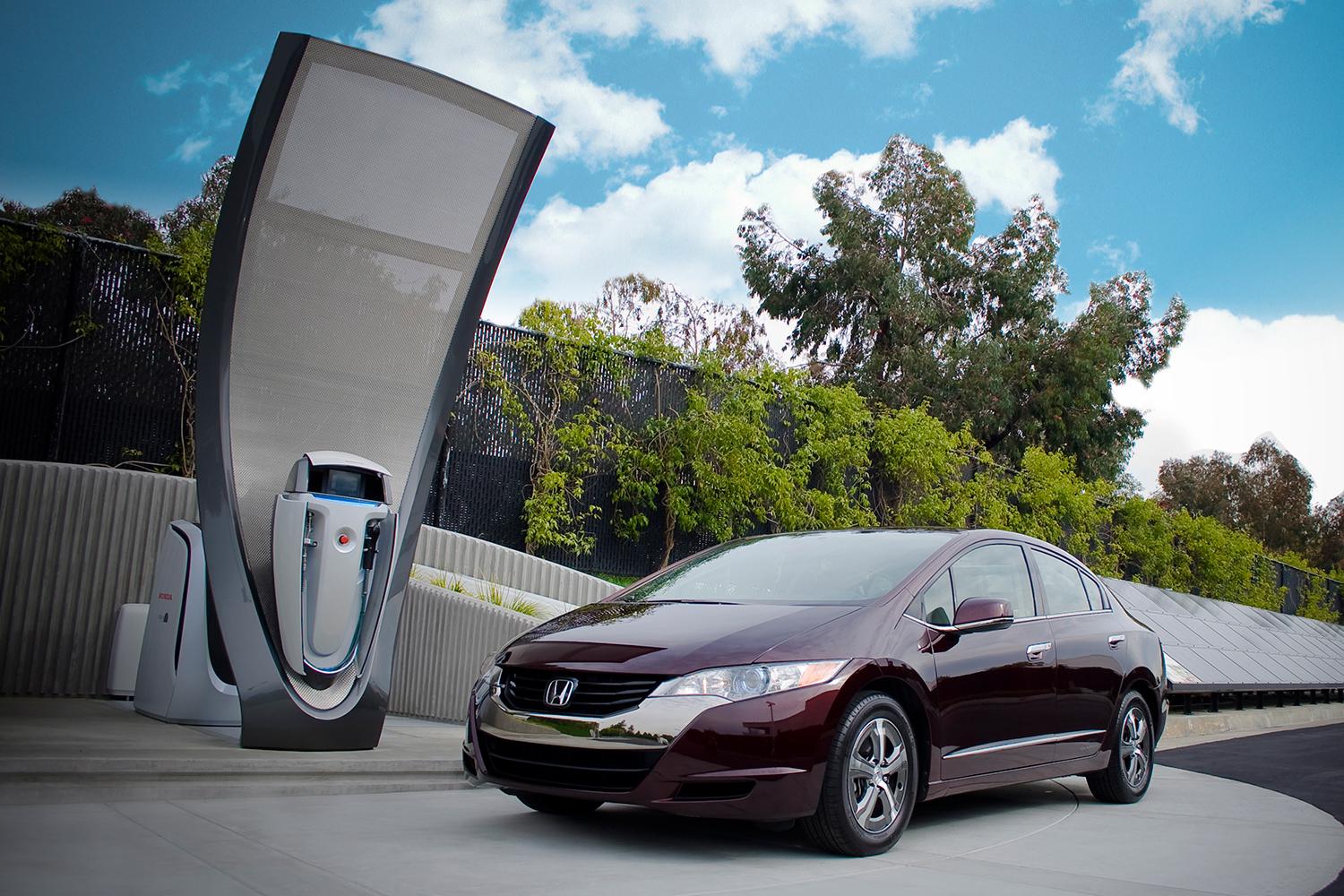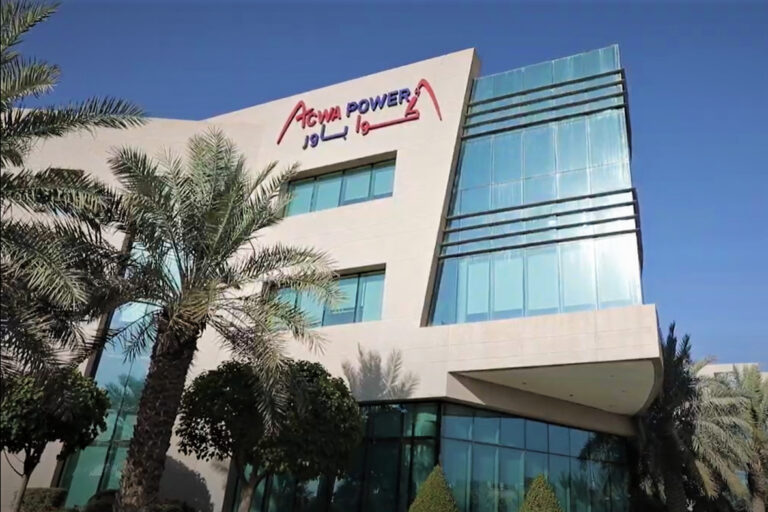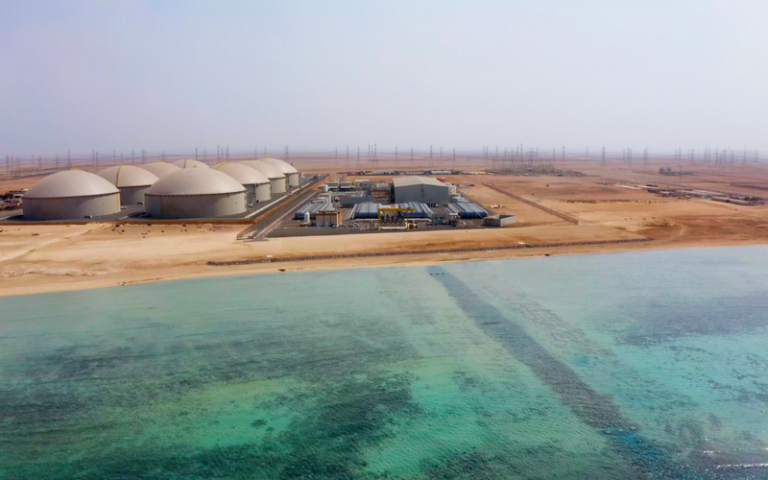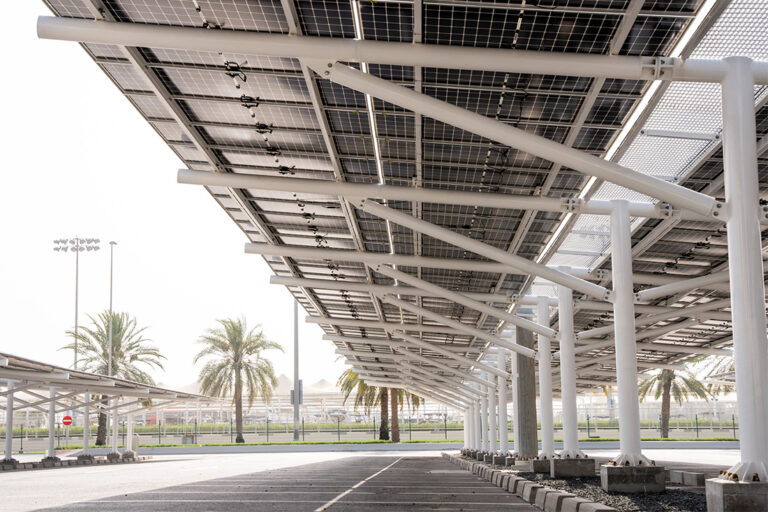But when you take eliminating air pollution into account—not only emissions of carbon dioxide but a whole cocktail of other environmentally harmful compounds—the answer, according to Honda, is elementary.
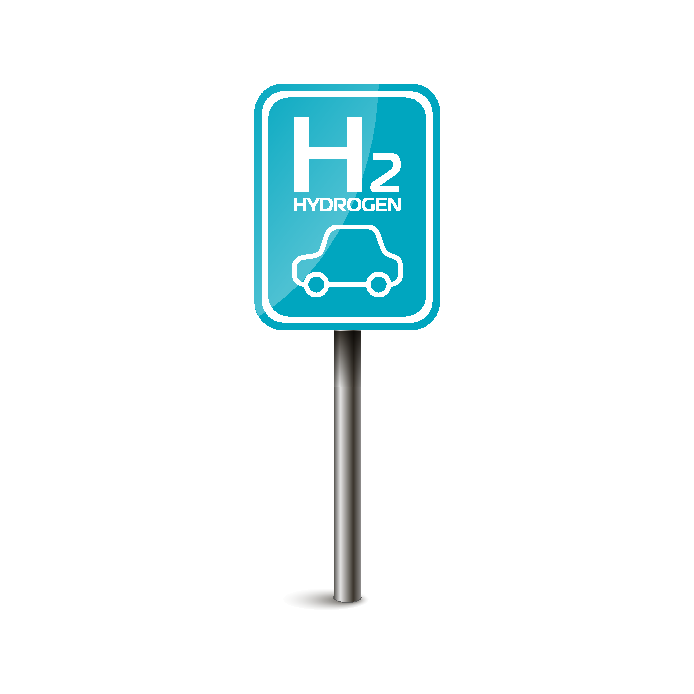
“What is a zero-emissions vehicle? An electric motor combined with a hydrogen fuel cell.”
Thomas Brachmann, Chief Project Engineer, Honda R&D Europe.
In response to the United States’ original Clean Air Act of 1970, Honda began to manufacture lean combustion engines to reduce emissions. Then, following amendments to the law in 1990, it moved on to battery-powered EVs that produced zero emissions, as long as the electricity came from sustainable sources.
At the time, EVs faced major obstacles to consumer take-up, such as long charging times and limited range. That led the Japanese automaker to explore the potential of hydrogen fuel cells of the kind used by the Apollo space program for its cars, explains Thomas Brachmann, Chief Project Engineer at Honda R&D Europe.
Fuel cell electric vehicles (FCVs) combine hydrogen with oxygen to produce power while only emitting water, “which is not regarded as dangerous in any way,” Brachmann notes. “We wanted to have a true zero-emission vehicle.”
In 2008 Honda launched its first production model, the FCX Clarity, in Southern California, under a fully-serviced lease plan. It has run pilot schemes in Europe and Japan, but the lack of hydrogen filling stations has proved a hurdle to date. Now that Hyundai and Toyota are marketing FCVs in selected markets and more service stations are opening, Honda plans to unveil the new generation Clarity Fuel Cell by the end of 2016.
“In the next five years, we will be a much better position to launch larger quantities of FCEVs, because volume is the most important consideration for carmakers,” Brachmann says. “We are targeting economies of scale and need to generate demand.”![]()
